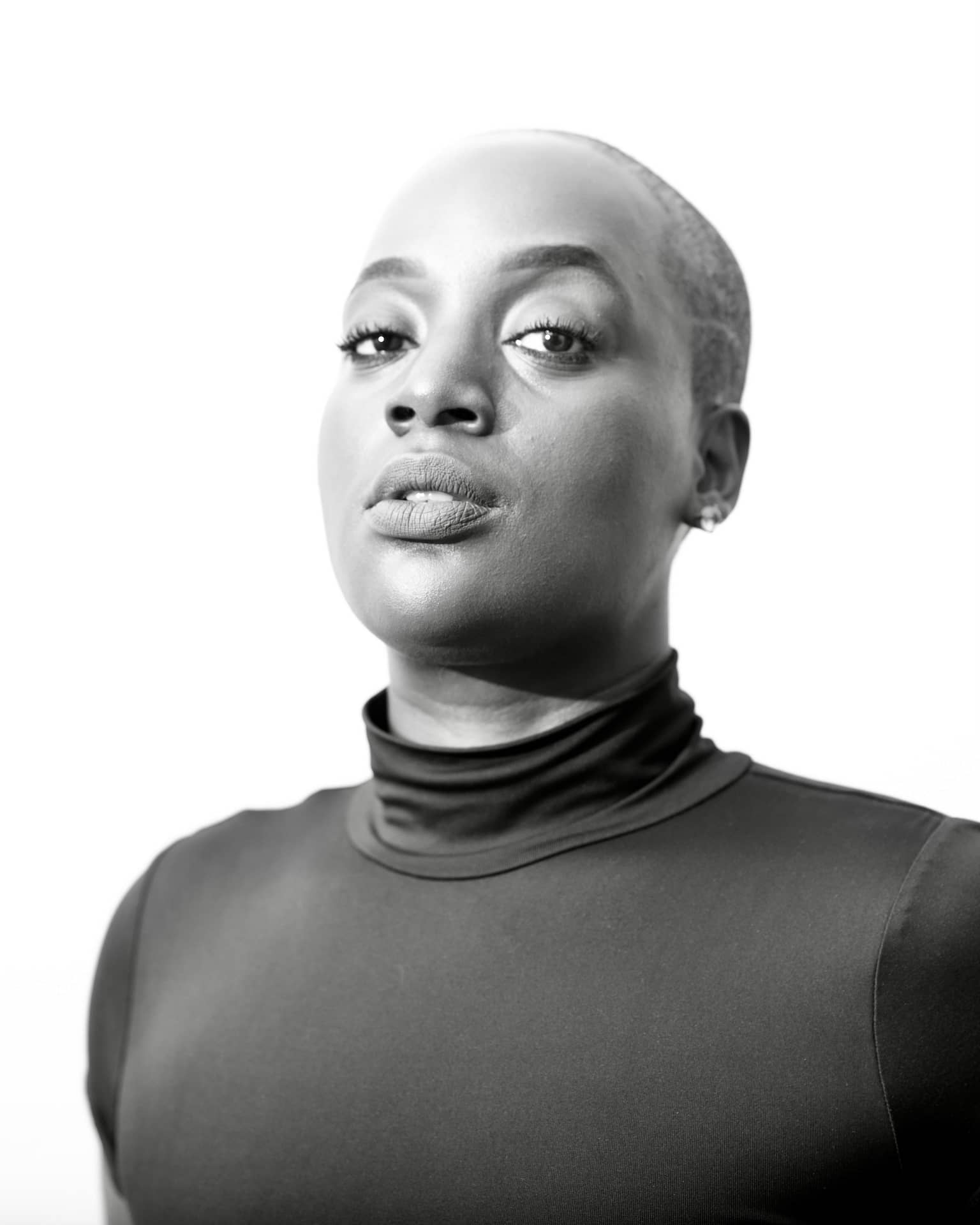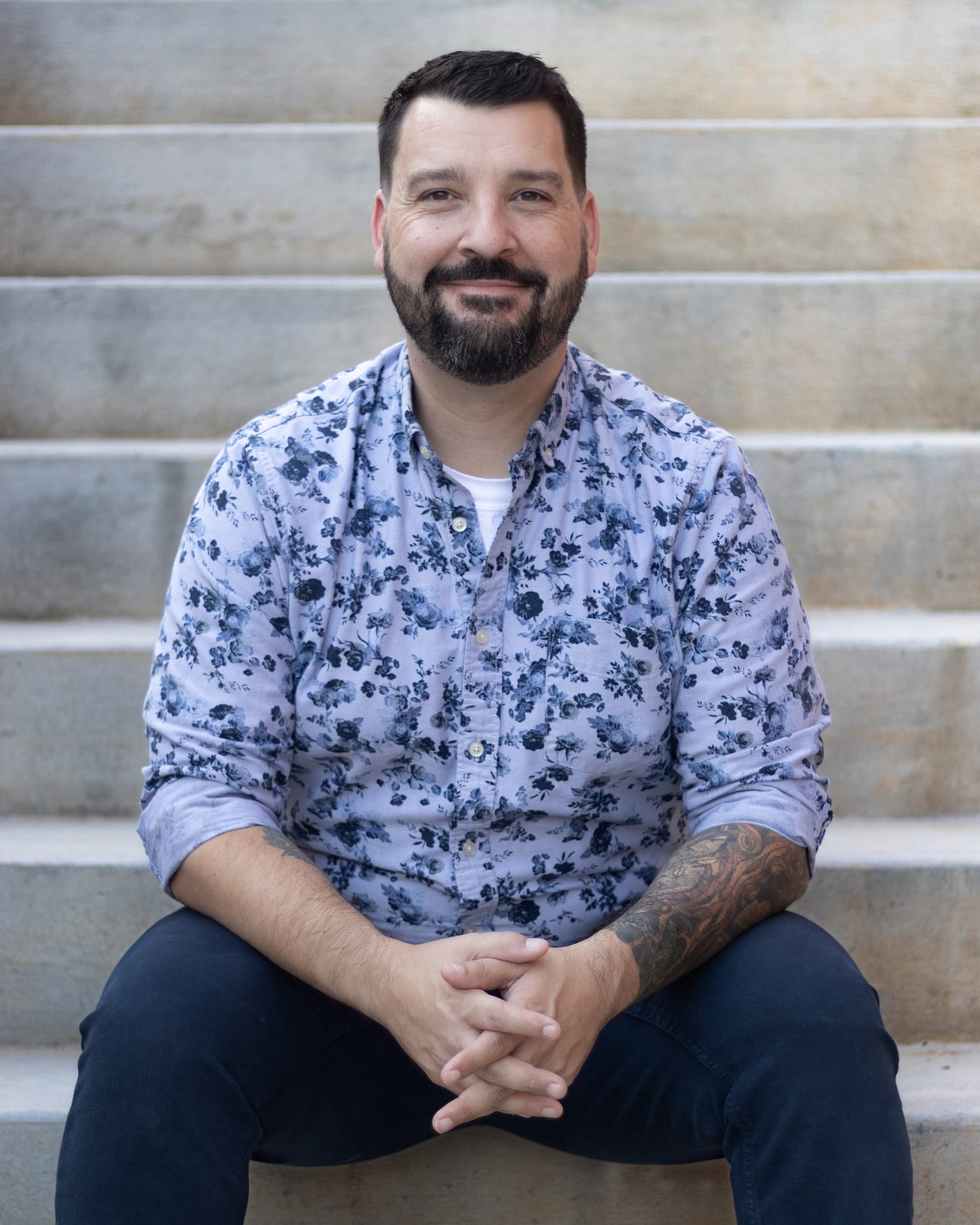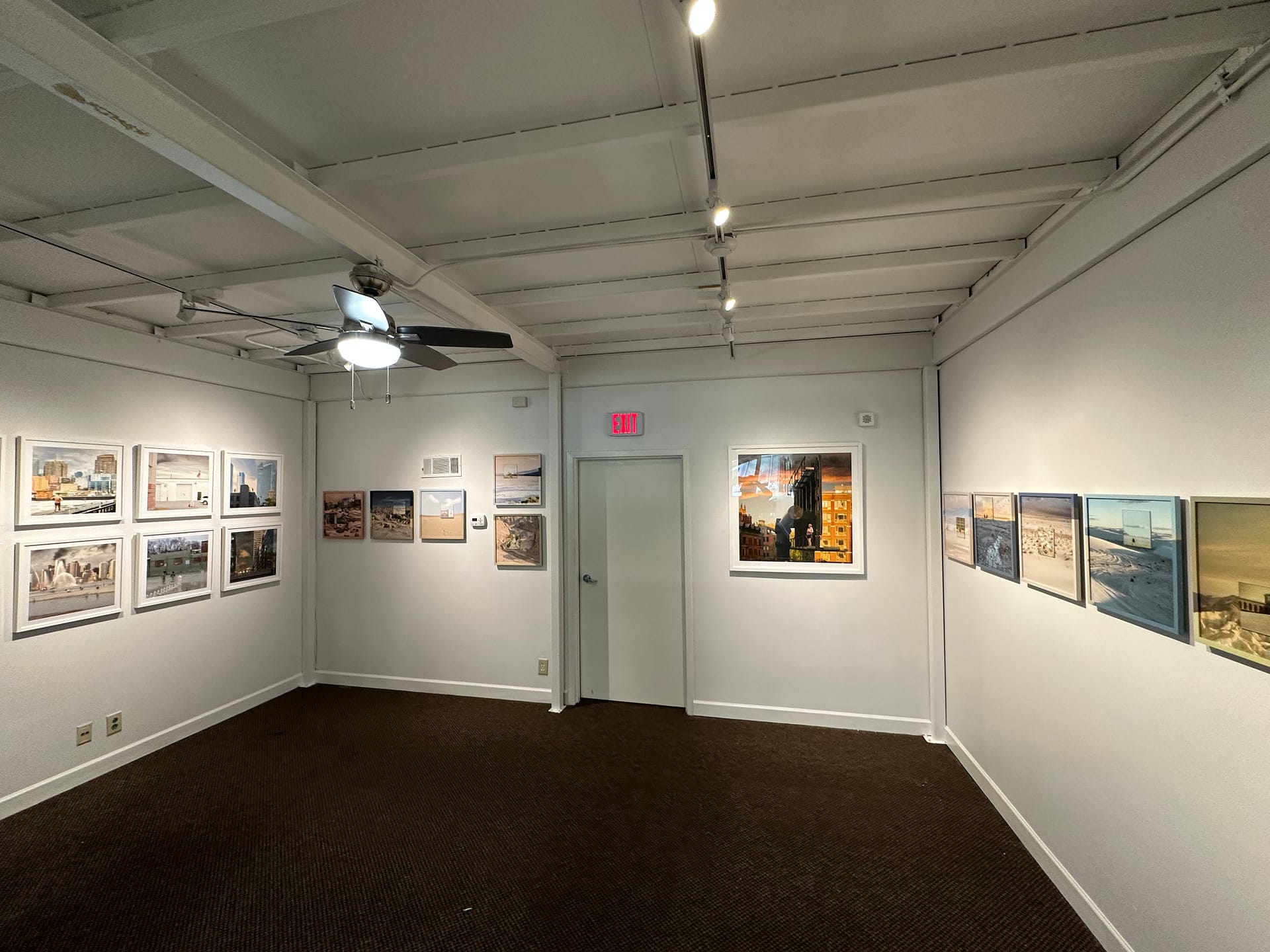Michael ten Pas was born in Greenville, South Carolina but has spent most of his life in the Atlanta area. He logged a few short yet significant stints in Athens and San Francisco (“the college years”) and currently resides in Midtown Atlanta. His photographs of civilization, and the natural world it displaces, capture an absurdity, a humor, and an often overlooked humanity in the everyday, revealing an entire world gone previously unnoticed. One of Michael’s photos was included in this year’s Selects exhibition.
How did you first become interested in photography?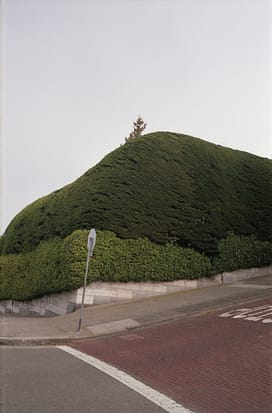
I didn’t get into photography until I was in college. I had always done artistic things growing up – mostly drawing – but for some reason I had never picked up a camera for any artistic purpose until I was in college. Looking back, it’s pretty strange that I didn’t get into photography sooner since I feel like most of the drawings I did involved trying to record things I saw. Perhaps this is why photography did just “click” with me when I finally took a photography class at the University of Georgia. Photography is recording what you see, so it felt like something I had already been doing for quite a while. It was more liberating than drawing though because the process allowed me to do a whole lot more recording.
Much of your work is of public spaces, yet there are rarely people in your photos. Is this on purpose?
Yeah, it’s totally on purpose. It’s not that I dislike or want to avoid people – quite the opposite (I do live in the city after all) – it’s just that as photographic subjects, I’m not seeking out people. They pretty much only turn up by accident. I’m definitely an introvert, and the world through the viewfinder is an introvert’s paradise. I find it to be a still, quiet world in there. That gives me energy. I like finding stillness and quiet in the city because it means those things are practically everywhere. You don’t necessarily have to leave it all behind or cut yourself off from the world completely to have a quiet moment to yourself.
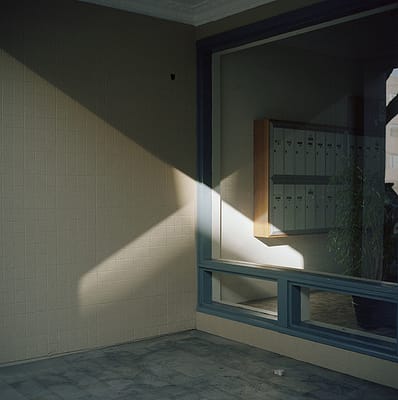

What is the role of architecture and/or man-made objects in your work?
I generally photograph architecture and man-made objects because built-up, man-made environments are the only places I’ve ever really known. I’ve tried photographing some so-called natural landscapes – and sometimes I do it successfully, but I can’t do it for very long without taking a photo of the road, or some other man-made thing, that made it possible for me to get there in the first place. Photographing lots of built environments also goes back to the still, quiet world I’m looking for in the viewfinder. Stillness and quiet are only any good to me if they are part of my everyday life, and the city is where I spend most of my everyday life.
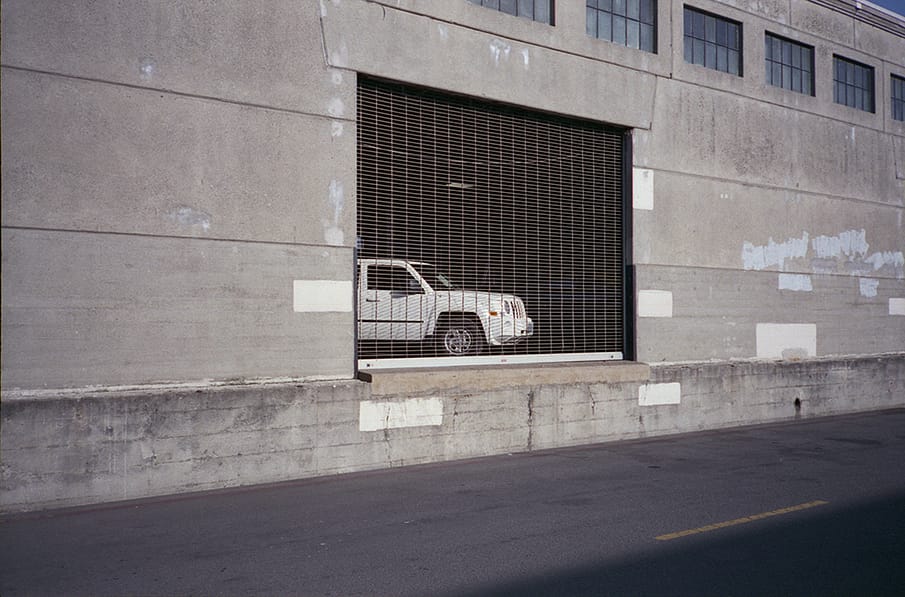
There is a serenity and a sense of humor to your work. What emotions are you trying to convey to the viewer?
I’m glad that you brought up humor. I’ve already mentioned stillness a couple times – which is a lot like serenity, but it wouldn’t be the best representation of my work if that’s all I talked about. For a lot of the photos I make, I feel like humor is way in. A joke is usually only funny when the punchline surprises you in some way. Photographing often works like a good joke because it’s all about the unexpected. I can be sitting around my apart with an absolutely clear idea of what the world around me looks like. Then I can grab my camera, go for walk, and find out just how wrong I was. It’s a great experience, and I can’t help but laugh. Without that experience, I don’t think I’d look so closely at what’s around me.

Things are often trapped, broken, or in the process of breaking free of something in your work. Are you rooting for one side or are you more neutral?
Again, I’m glad you mentioned trapped and broken things in some of my photos. This ties into your question about what other emotions I’m trying to convey. If it was all “peace, quiet, funny” all the time, that would be too simple. Everyday life is more complicated than that. It’s hard to imagine having that enjoyable experience of finding something surprising or funny in the landscape one moment without also finding something sad the next moment. They’re two sides of one coin. I like photographing built environments, and typically those kinds of places are always being torn down and rebuilt over and over. Something is bound to get trampled in the process, which can be sad or ominous. When I see broken things in the landscape, I’m not sure if I’m rooting for any one thing in a particular scene. I don’t think that makes me neutral either. Seeing something worn out and sad makes me appreciate the funny and surprising things even more. This reminds me of my favorite Robert Adams quote. His work was included in an exhibition that showed various worn out, abused landscapes from around the world about which he recalled, “The issue raised by the show seemed to be whether there are affirmable days or places in our deteriorating world. Are there scenes in life, right now, for which we might conceivably be thankful? Is there a basis for joy or serenity, even if felt only occasionally? Are there grounds now and then for an un-ironic smile? Every artist and would-be artist should, I think, recognize a responsibility to try, without lying, to answer those questions with a yes.” The sentiment expressed in those words is something I agree with, and with my work that sentiment is what I want to root for more than anything.
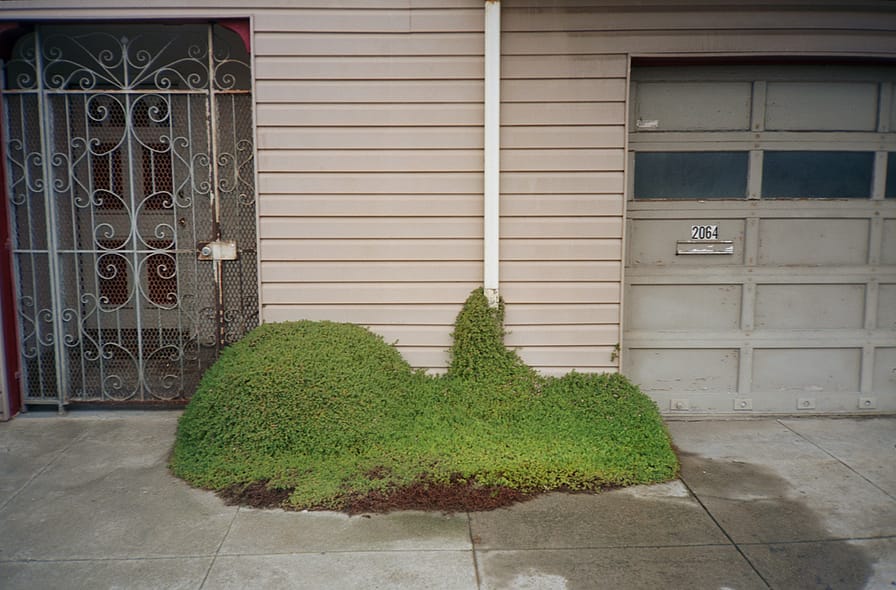
Who are some artists that inspire you?
Some of my favorites are Luigi Ghirri, Jacques Tati, Lars Tunbjork, Jason Fulford, and Robert Adams.


What’s the last great meal you had?
It was just last Sunday night. My wife and I had just wrapped up an exhausting, work-filled weekend so we decided to gorge ourselves on way too much pizza. We washed it all down with some Wild Heaven beer. Not the most elaborate meal ever, but hard work followed by junk food is a great, satisfying combination.

